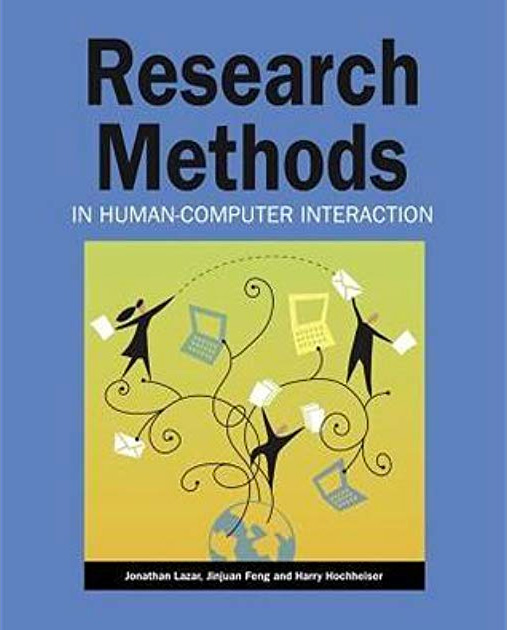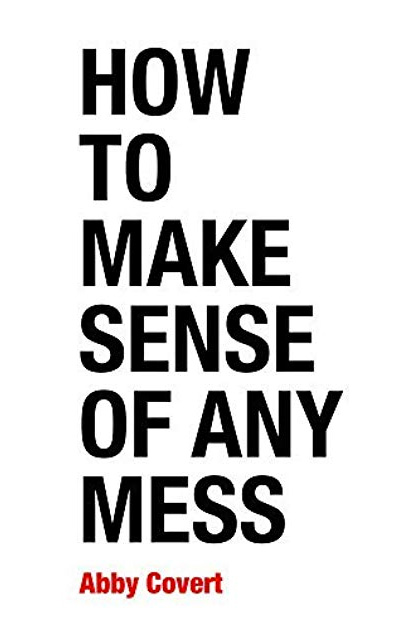User experience research is super important to developing a product that truly engages, compels and energises people. We all want a website that is easy to navigate, simple to follow and compels our users to finish their tasks. Or an app that supports and drives engagement.
We’ve talked a lot about the various types of research tools that help improve these outcomes.
There is a rising research trend in 2021.
Mixed method research - what is more compelling than these user research quantitative tools? Combining these with awesome qualitative research! Asking the same questions in various ways can provide deeper insights into how our users think and operate. Empowering you to develop products that truly talk to your users, answer their queries or even address their frustrations.
Though it isn’t enough to simply ‘do research’, as with anything you need to approach it with strategy, focus and direction. This will funnel your time, money and energy into areas that will generate the best results.
Mixed Method UX research is the research trend of 2021
With the likes of Facebook, Amazon, Etsy, eBay, Ford and many more big organizations offering newly formed job openings for mixed methods researchers it becomes very obvious where the research trend is heading.
It’s not only good to have, but now becoming imperative, to gather data, dive deeper and generate insights that provide more information on our users than ever before. And you don't need to be Facebook to reap the benefits. Mixed method research can be implemented across the board and can be as narrow as finding out how your homepage is performing through to analysing in depth the entirety of your product design.
And with all of these massive organizations making the move to increase their data collection and research teams. Why wouldn’t you?
The value in mixed method research is profound. Imagine understanding what, where, how and why your customers would want to use your service. And catering directly for them. The more we understand our customers, the deeper the relationship and the more likely we are to keep them engaged.
Although of course by diving deep into the reasons our users like (or don’t like) how our products operate can drive your organization to target and operate better at a higher level. Gearing your energies to attracting and keeping the right type of customer, providing the right level of service and after care. Potentially reducing overheads, by not delivering to expected levels.
What is mixed method research?
Mixed methods research isn’t overly complicated, and doesn’t take years for you to master. It simply is a term used to refer to using a combination of quantitative and qualitative data. This may mean using a research tool such as card sorting alongside interviews with users.
Quantitative research is the tangible numbers and metrics that can be gathered through user research such as card sorting or tree testing.
Qualitative research is research around users’ behaviour and experiences. This can be through usability tests, interviews or surveys.
For instance you may be asking ‘how should I order the products on my site?’. With card sorting you can get the data insights that will inform how a user would like to see the products sorted. Coupled with interviews you will get the why.
Understanding the thinking behind the order, and why one user likes to see gym shorts stored under shorts and another would like to see them under active wear. With a deeper understanding of how and why users decide how content should be sorted are made will create a highly intuitive website.
Another great reason for mixed method research would be to back up data insights for stakeholders. With a depth and breadth of qualitative and quantitative research informing decisions, it becomes clearer why changes may need to be made, or product designs need to be challenged.
How to do mixed method research
Take a look at our article for more examples of the uses of mixed method research.
Simply put mixed method research means coupling quantitative research, such as tree testing, card sorting or first click testing, with qualitative research such as surveys, interviews or diary entry.
Say, for instance, the product manager has identified that there is an issue with keeping users engaged on the homepage of your website. We would start with asking where they get stuck, and when they are leaving.
This can be done using a first-click tool, such as Chalkmark, which will map where users head when they land on your homepage and beyond.
This will give you the initial qualitative data. However, it may only give you some of the picture. Coupled with qualitative data, such as watching (and reporting on) body language. Or conducting interviews with users directly after their experience so we can understand why they found the process confusing or misleading.
A fuller picture, means a better understanding.
Key is to identify what your question is and honing in on this through both methods. Ultimately, we are answering your question from both sides of the coin.
Upcoming research trends to watch
Keeping an eye on the progression of the mixed method research trend, will mean keeping an eye on these:
1. Integrated Surveys
Rather than thinking of user surveys as being a one time, in person event, we’re seeing more and more often surveys being implemented through social media, on websites and through email. This means that data can be gathered frequently and across the board. This longitude data allows organizations to continuously analyse, interpret and improve products without really ever stopping.
Rather than relying on users' memories for events and experiences data can be gathered in the moment. At the time of purchase or interaction. Increasing the reliability and quality of the data collected.
2. Return to the social research
Customer research is rooted in the focus group. The collection of participants in one space, that allows them to voice their opinions and reach insights collectively. This did used to be an overwhelming task with days or even weeks to analyse unstructured forums and group discussions.
However, now with the advent of online research tools this can also be a way to round out mixed method research.
3. Co-creation
The ability to use your customers input to build better products. This has long been thought a way to increase innovative development. Until recently it too has been cumbersome and difficult to wrangle more than a few participants. But, there are a number of resources in development that will make co-creation the buzzword of the decade.
4. Owned Panels & Community
Beyond community engagement in the social sphere. There is a massive opportunity to utilise these engaged users in product development. Through a trusted forum, users are far more likely to actively and willingly participate in research. Providing insights into the community that will drive stronger product outcomes.
What does this all mean for me
So, there is a lot to keep in mind when conducting any effective user research. And there are a lot of very compelling reasons to do mixed method research and do it regularly.
To remain innovative, and ahead of the ball it remains very important to be engaged with your users and their needs. Using qualitative and qualitative research to inform product decisions means you can operate knowing a fuller picture.
One of the biggest challenges with user research can be the coordination and participant recruitment. That’s where we come in.
Taking the pain out of the process and streamlining your research. Take a look at our Qualitative Research option, Reframer. Giving you an insight into how we can help make your mixed method research easier and analyse your data efficiently and in a format that is easy to understand.
User research doesn’t need to take weeks or months. With our participant recruitment we can provide reliable and quality participants across the board that will provide data you can rely on.
Why not get in deeper with mixed method research today!














